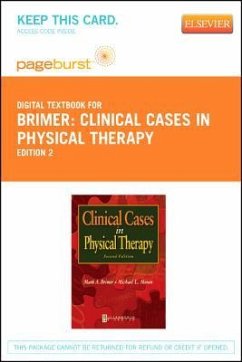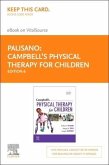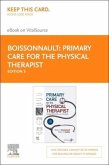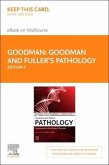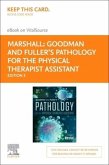This unique text provides students and clinicians with a means of improving their clinical judgment and problem-solving skills. By comparing their own management strategies to those provided in the text, readers will gain knowledge of effective interventions and advance a step further in their pursuit of clinical expertise. * Content utilizing current terminology reflects trends in current practice and familiarizes readers with the structure of the Guide to Physical Therpist Practice, 2nd Edition. * The real-life examples expose students to a range of both unusual and familiar clinical experiences they might not face in their studies, as well as enabling current clinicians to learn from their colleagues' experiences. * Input from both a clinician and a professor provides a nice blend of clinical experience and educational insight. * All cases are new, 46 in all, compiled from real-life scenarios experienced by physical therapy practitioners. * Content includes more detailed information in areas such as patients, personal histories, culture, environment, and lifestyle. * New topics encompass a broad range of issues, including documentation, women's health, clinical education, ethics, and assistive technology. * Evidence-based examples and additional references meet the curriculum standards for physical therapy education. * Pedagogical features, such as learning objectives, guiding questions, photos and illustrations, make the reference useful in the educational setting. * In response to the guidelines featured in the Guide, cases are now formatted to follow elements of patient/client management, including physical therapy diagnoses stated as preferred practice patterns.

